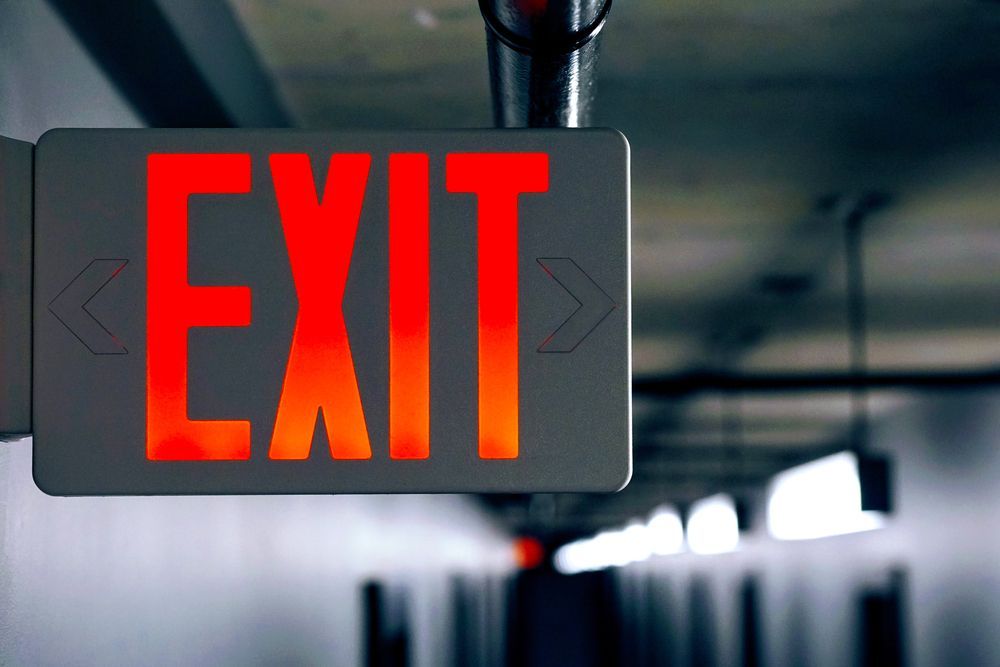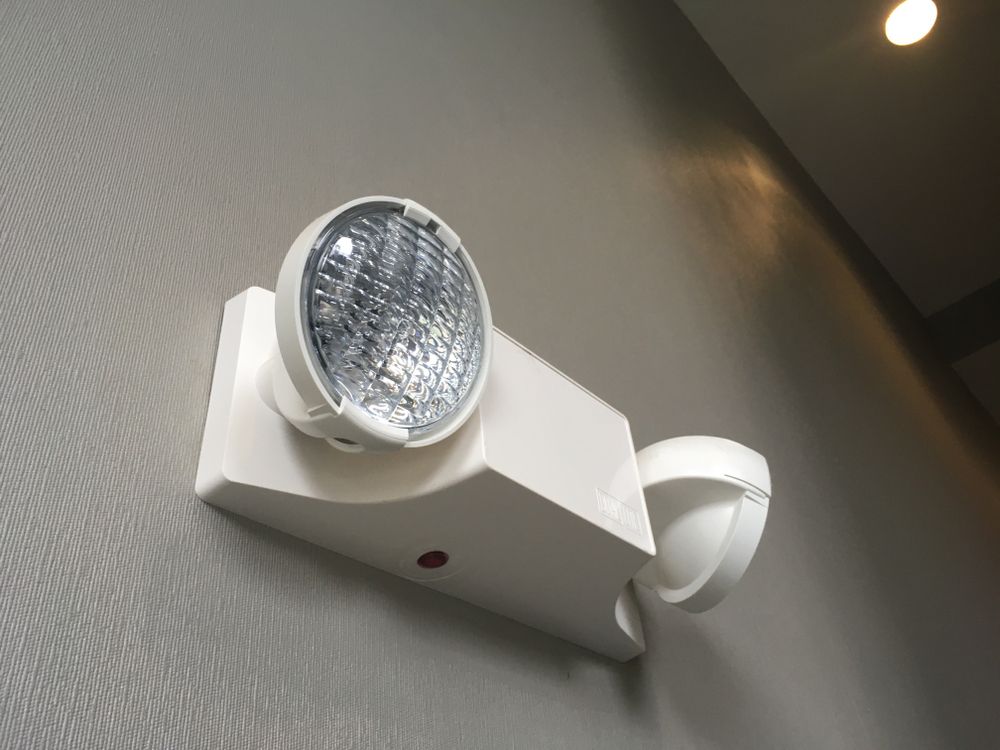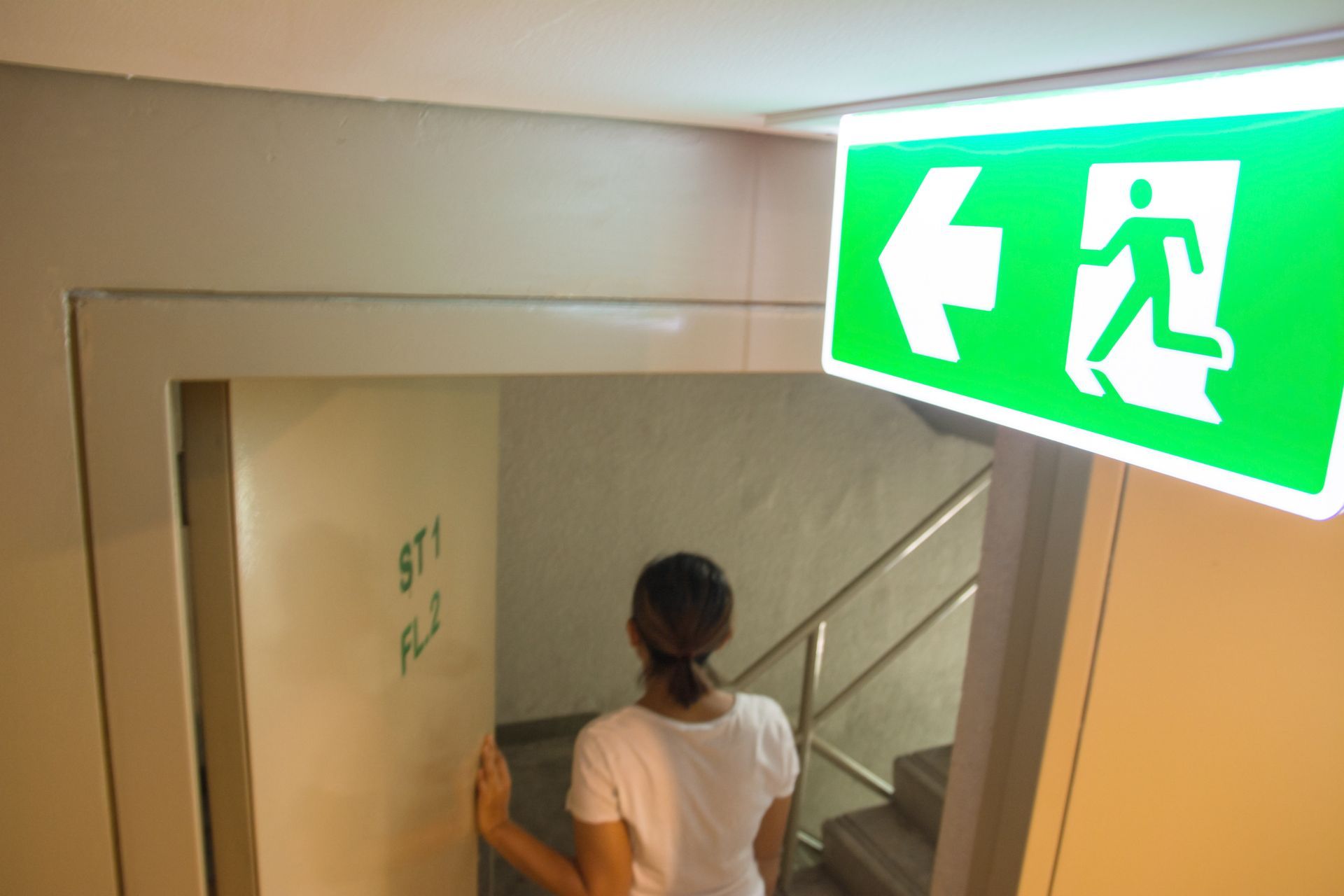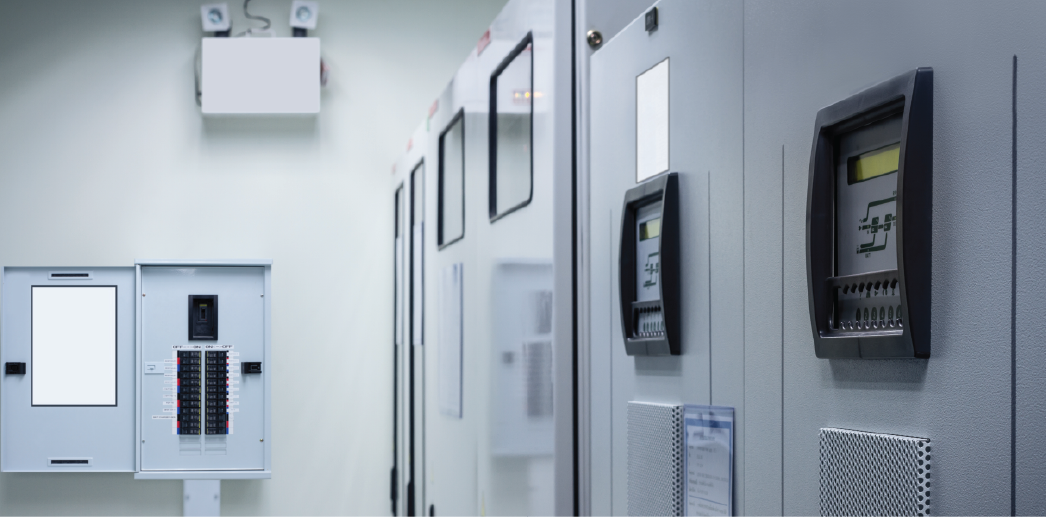How Often Should You Test Emergency Lighting Equipment?
Share this article:
Testing Requirements for Emergency and Exit Lights
Testing requirement standards are the same for all building facilities no matter the size of the operations, the type of facility, or the industry. A company may test more often than these standards if aspects of their operations can impact the functionality of the emergency and exit lighting systems. However, adhering to monthly or annual inspections and tests when figuring out how often should emergency lighting be tested can ensure workers can efficiently complete the tasks without taking too much time or running up costs.
Monthly Inspections and Tests
If performing monthly inspections and tests, every emergency and exit light should undergo 30-second tests every 30 days. If your lighting system is decentralized, your workers will need to activate the "push to test" feature on the individual light.
If you are using a central lighting inverter system, the testing can be performed at the inverter to ensure power reaches every light and that the proper illumination is given for all pathways and exits. Some lighting systems perform self-diagnostics and testing at specific time periods. For these systems, your workers should review testing logs and visually inspect the lighting fixtures for issues.
Yearly Inspections and Tests
The National Fire Protection Association (NFPA) provides specific steps on how to perform yearly testing under NFPA 101, Section 7.9.3. The manufacturer's manual should also provide instructions regarding these requirements. Annual inspections consist of 90-minute tests to evaluate the emergency lighting system if the power goes out for long durations to simulate an actual emergency.
This type of testing is normally done after normal business hours. You provide the appropriate testing plans to ensure that all emergency lights can be inspected during this time when dealing with large facilities that may have multiple lighting systems.
Consequences of Neglecting Emergency & Exit Lighting Inspection
Neglecting to perform emergency lighting inspections and testing could result in the lighting system failing during critical emergencies, which can endanger both workers and customers. Your company may become liable for any bodily harm, injuries, or death that could result in people not being able to safely exit the building.
Your operations may also face lawsuits from harmed individuals or businesses that may use the facilities. If your building facilities are reported to OSHA, you could face stiff penalties, fines, and/or jail time depending on the number of willful violations that have been committed by the owner of the building.

How to Meet Emergency Lighting Equipment Testing Requirements
You may opt to invest in central lighting inverters to simplify the testing process by interconnecting all lighting systems throughout the whole building to the lighting inverter and battery cabinet. This process can speed up the evaluation work and can make it simpler to perform repairs in one location.
You may also invest in emergency and exit lighting systems that perform
self-diagnostic and self-testing as you can review the log information to check for documented anomalies. These features allow you to locate the issues faster so that workers can more efficiently perform repairs.
Looking for Lighting Inverter Maintenance Help?
You can receive quotes for lighting inverter maintenance here. For questions on systems and service, please call 844-501-1887.
Connect with Us:
Request a Quote From a Product Specialist
Experienced Product Representatives are on hand to send you information and quotations for equipment. If you need help with sizing, installation planning, or general questions about product please fill in the appropriate form and someone will contact you shortly. You may also call 844-501-1887 to get a direct product representative.



